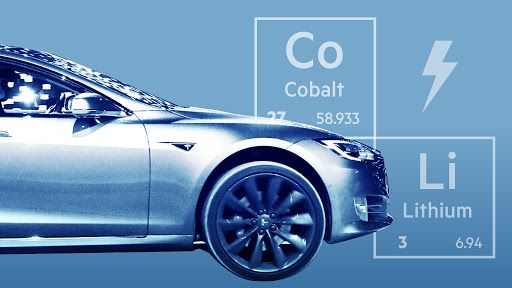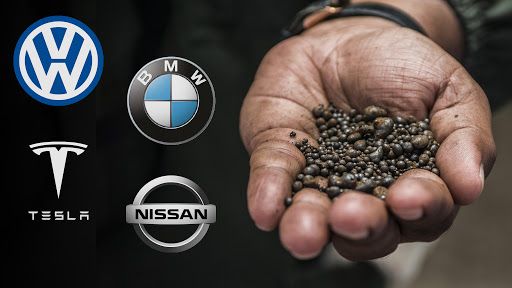If not Cobalt for an electric car, then what?
Cobalt is no longer a priority for an electric car battery; efforts to obtain an alternative replacement have increased in recent years. Scientist at the University of Southern Denmark, a new electrode material that consists of Iron, Manganese, and Phosphorus

Cobalt is no longer a priority for an electric car battery; efforts to obtain an alternative replacement have increased in recent years. Scientist at the University of Southern Denmark, a new electrode material that consists of Iron, Manganese, and Phosphorus is able to increase both the power and capacity of the batteries. EV car and technology manufacturing companies like Tesla, GM, LG, and VW have made efforts to make a better, safer, and Cobalt free replacing component by planning to use Manganese.
During a Tesla battery day, September 2019, Tesla unveiled a cobalt-free solution. The battery would reduce the cost of their blended Nickel Cobalt Manganese Lithium-ion battery by removing Cobalt and increase the percentage of Manganese (Nickel 66% and Manganese 33%). The new Cobalt free will help reduce the costs of electric vehicles and hybrid.
The world is witnessing changes in the ecosystem. Currently, leaders all over the world are paving the way towards the innovation of Electric Vehicles. Conversations are being made around the EV manufacturers such as Tesla. In 2017, Elon Musk promised to build 10-20 gigafactories around the world. Currently, there are three factories constructed in Nevada, New York, and Shanghai. Also, GM has announced plans to build their battery gigafactory, which will have a 30 GWh annual capacity in Ohio. GM is the world's largest car manufacturer and has promised to produce electric cars from now henceforth.
The battery is the major component in the move towards combustion-free transportation. Therefore there is a need to make sure cobalt is replaced with a cheaper material that is long-lasting and pocket friendly to the customers. The blended Nickel Cobalt Manganese Lithium-ion battery is the current and most popular supported choice.

Importance of going Cobalt-free
In 2017 the cobalt market was 99.3 kilotons. In 4 years it is expected to grow at CAGR the increase of 9%. Some of the reasons why we need to go cobalt-free:-
1) The dangers of Cobalt (Co) the shiny, brittle metallic element- Cobalt is a toxic and unstable bluish-gray element with an elevated incident rate that threatens the thermal runaway event in Lithium-ion batteries that contain Cobalt. If Cobalt is exposed to above-normal heat, it can give an internal chemical reaction to initiate. It can compromise the chemical composition of the battery, forming a toxic fire. The fire can not be extinguished by water or flame retardants and may smolder for weeks. As it continues to burn, it releases toxic fumes.
2)Cobalt is dangerous for the environment and toxic for humans- Cobalt is a risk for humans and the environment. Mining the Cobalt exposes children to child labor and harsh working conditions that violate human rights. There are also health-related problems associated with cobalt mining, such as difficulty in breathing, asthma, pneumonia, heart effects, and dermatitis.
3)Cobalt is expensive- Cobalt drives the Nickel Cobalt Manganese Lithium-ion battery cost in the electric vehicle industry. Cobalt continues to be the costly component that holds electric cars from being accepted worldwide due to its price. Manganese is cheaper and will help reduce the cost of electric vehicles.




